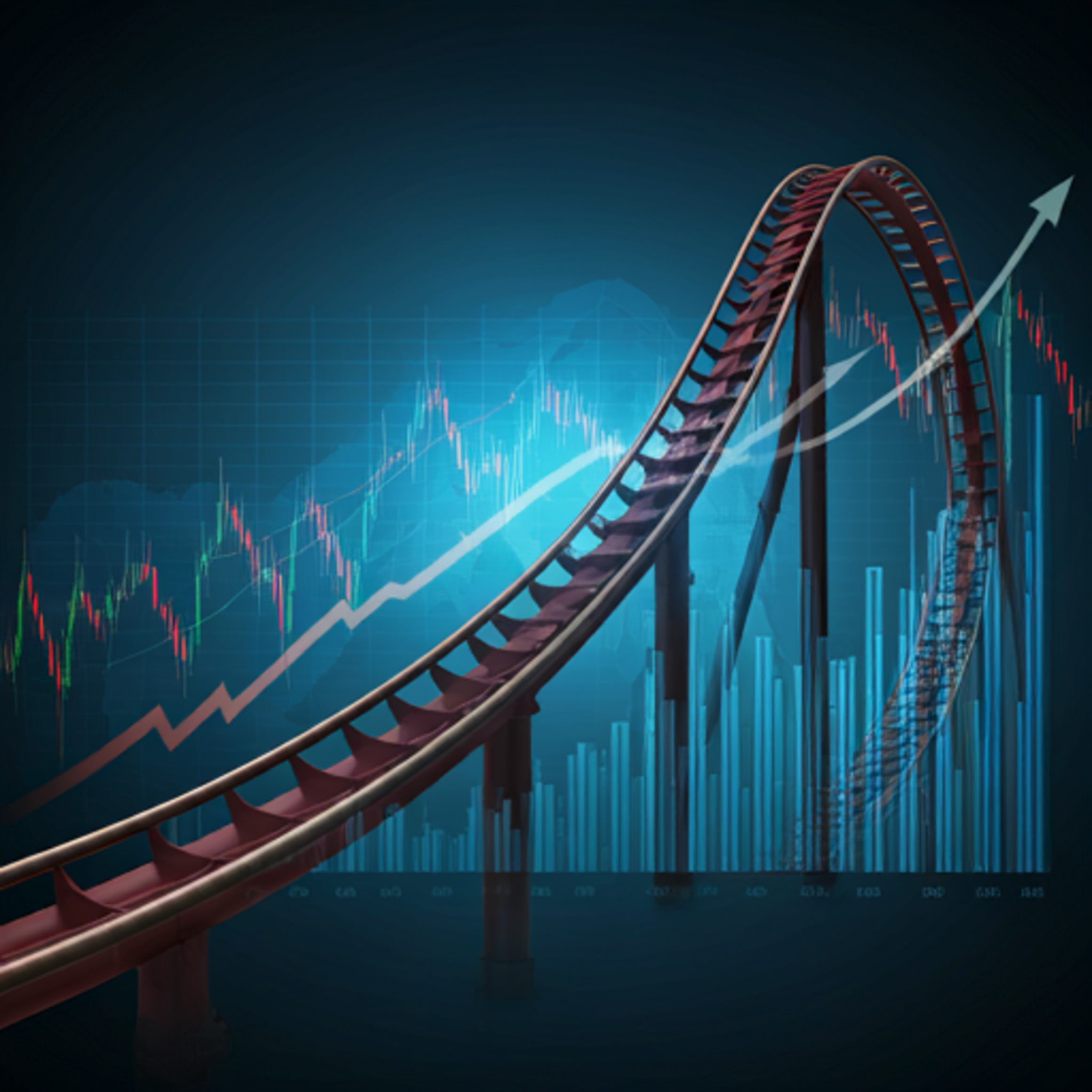Navigating the Stock Market Rollercoaster: Tips for Investors
What Causes Market Fluctuations?
Market fluctuations are primarily driven by a variety of factors, including economic data, geopolitical events, and investor sentiment. For instance, when unemployment rates rise, it often leads to decreased consumer spending. This can trigger a decline in stock prices. Economic indicators are crucial. They provide insights into market health.
Additionally, unexpected news, such as natural disasters or political instability, can create uncertainty. This uncertainty often results in rapid sell-offs. Investors react quickly. Their emotions can lead to irrational decisions.
Moreover, market speculation plays a significant role. Traders may buy or sell based on predictions rather than actual performance. This behavior can amplify price swings. It’s essential to stay informed. Knowledge is power in investing.
The Impact of Economic Indicators
Economic indicators significantly influence market dynamics. Key indicators include GDP growth, inflation rates, and consumer confidence. These metrics provide insights into economic health. Understanding them is crucial.
For example, a rising GDP typically signals economic expansion. This can lead to increased corporate earnings. Higher earnings often boost stock prices. Conversely, high inflation can erode purchasing power. It may prompt central banks to raise interest rates. Interest rates affect borrowing costs.
Investors should monitor these indicators closely. They can guide investment decisions. Knowledge is essential for success.
Investment Strategies for Uncertain Times
Diversification: Spreading Your Risk
Diversification is a critical strategy for managing investment risk. By allocating assets across various sectors, investors can mitigate potential losses. This approach reduces exposure to any single investment’s volatility. A balanced portfolio is essential.
For instance, combining equities, bonds, and alternative assets can enhance stability. Each asset class reacts differently to market conditions. This can lead to smoother returns over time. Investors should consider their risk tolerance. Understanding personal limits is vital.
Long-Term vs. Short-Term Investing
Long-term investing focuses on building wealth over time. This strategy often involves holding assets for years or decades. It allows investors to ride out market fluctuations. Patience is key in this approach.
In contrast, short-term investing seeks quick gains. Traders often buy and sell within days or weeks. This method can be riskier due to market volatility. Quick decisions are essential. Investors must stay informed. Knowledge is power in trading.
Utilizing Technical Analysis
Key Indicators to Watch
Key indicators in technical analysis include moving averages and relative strength index (RSI). Moving averages help identify trends over specific periods. They smooth out price data for clearer insights. This can reveal potential entry and exit points.
The RSI measures the speed and change of price movements. It indicates whether an asset is overbought or oversold. Understanding these indicators is crucial for informed decision-making. Knowledge empowers investors. He should always analyze market conditions carefully.
Chart Patterns and Their Significance
Chart patterns are essential tools in technical analysis. They help investors identify potential market movements. Recognizing patterns like head and shoulders or double tops can signal reversals. These patterns indicate shifts in market sentiment.
Additionally, continuation patterns, such as flags and pennants, suggest that trends will persist. Understanding these formations aids in making informed decisions. He should always analyze patterns carefully. Knowledge is crucial for successful trading.
The Role of Fundamental Analysis
Evaluating Company Performance
Evaluating company performance involves analyzing key financial metrics. Important indicators include earnings per share (EPS), price-to-earnings (P/E) ratio, and return on equity (ROE). These metrics provide insights into profitability and efficiency. Understanding them is essential.
Additionally, examining revenue growth and profit margins reveals operational health. Consistent growth often indicates a strong business model. He should consider industry benchmarks for context. Comparisons enhance understanding of performance.
Understanding Market Sentiment
Understanding market sentiment is crucial for investors. It reflects the overall attitude of investors toward a particular security or market. Sentiment can be gauged through various indicators, such as consumer confidence and market surveys. These indicators provide valuable insights.
Additionally, news events and economic reports can significantly influence sentiment. Positive news often leads to bullish behavior, while negative news can trigger bearish reactions. He should monitor these influences closely. Awareness is key in decision-making.
Risk Management Techniques
Setting Stop-Loss Orders
Setting stop-loss orders is a vital risk management technique. These orders automatically sell a security when it reaches a specified price. This helps limit potential losses in volatile markets. Protecting capital is essential for long-term success.
Morfover, determining the appropriate stop-loss level requires careful analysis. Factors such as volatility and support levels should be considered. He should always assess market conditions. Awareness can prevent significant losses.
Position Sizing and Capital Allocation
Position sizing and capital allocation are critical components of risk management. Properly determining the amount to invest in each trade can significantly impact overall portfolio performance. He should consider his risk tolerance and market conditions. Understanding personal limits is essential.
Additionally, using a fixed percentage of capital for each trade can help maintain consistency. This approach minimizes the risk of substantial losses. He must always evaluate his strategy. Knowledge leads to better decision-making.
Staying Informed and Educated
Resources for Continuous Learning
Resources for continuous learning are essential for investors. Engaging with financial news platforms, academic journals, and online courses can enhance knowledge. These resources provide valuable insights into market trends and investment strategies. Staying informed is crucial.
Additionally, participating in webinars and industry conferences can foster networking opportunities. Connecting with experts can lead to deeper understanding. He should seek diverse perspectives.
Networking with Other Investors
Networking with other investors is vital for growth. Engaging in discussions can provide fresh insights and diverse perspectives. He can learn from others’ experiences and strategies. Collaboration often leads to better decision-making.
Additionally, joining investment clubs or online forums fosters community. These platforms allow for sharing knowledge and resources. He should actively participate in conversations. Building relationships is essential for success.
